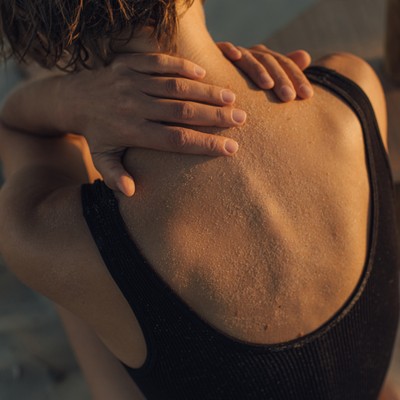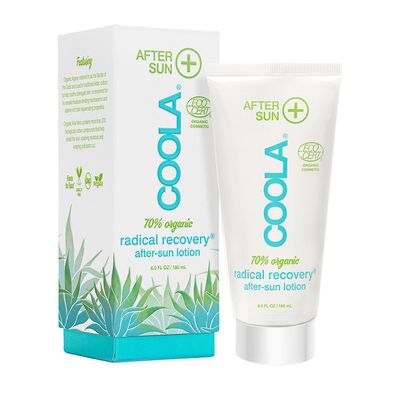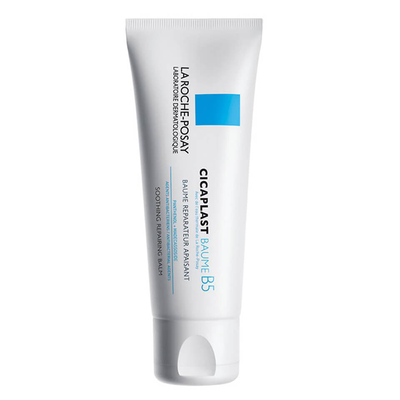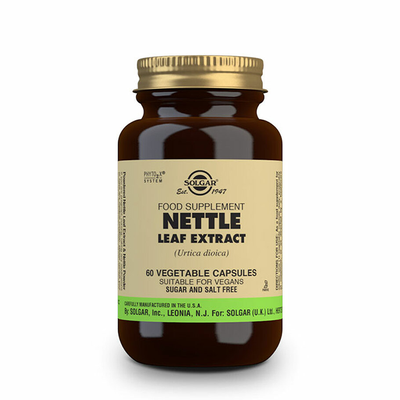
Beauty 101: How To Treat Heat Rash
All products on this page have been selected by our editorial team, however we may make commission on some products.
Sweat Is The Enemy – And Your Clothes Can Be, Too
“The condition is often caused by excessive sweating, which blocks up your sweat glands, and in turn, causes an angry rash on top of your skin. It’s also why heat rash is often associated with the summer months, or when holidaying in warmer climates. That said, it can also be caused by friction from your clothes and potentially restrictive materials – and usually goes hand-in-hand with these items being worn in the heat. Itchiness and prickliness can cause mild discomfort, but if the rash becomes infected, you’ll notice more intense pain. This happens when the bacteria invade the blocked sweat glands – symptoms to look out for include increased swelling.”
It’s Easy To Spot
“Heat rash is easy to pinpoint – though it’s more difficult to diagnose on darker skin tones. It will start out as small, raised spots that come up in crops all over your skin. You’ll find they look like tiny, sweat-filled blisters with perhaps only a minor sensation to begin with. If it’s the other form – known as ‘prickly heat’ – you’ll get a similar rash, but this time, the red bumps will be itchy and sometimes feel like they’re burning. Either one will pop up in areas that are covered – think your back, thighs or chest. It’s also common in areas where your skin touches other skin – so under your breasts and behind your knees. What is unusual is to get heat rash on your face – this an area that’s hardened to the sun, so you’re less likely to get a flare-up here. It’s also worth noting that it can happen at any time – you don’t need a history of heat rash to get it, just heat, tight clothing and excess sweat.”
Old-Age Remedies Will Help
“To treat heat rash quickly, apply a cold cloth to your skin for short periods, or immerse yourself in a cold bath/shower. Another tip would be to apply bicarbonate soda to your skin. Start by soaking cotton wool pads or a cloth in cold water with a teaspoon of bicarbonate. If it continues to flare up, speak to your pharmacist who may recommend calamine lotion, antihistamine tablets or a hydrocortisone cream – though this won’t be recommended to children under 10, or pregnant women. Another trick is to apply some powder in areas that are frequently sweaty. It may not prevent heat rash altogether, but it will certainly stop excess oils from exacerbating the issue.”
Antibacterial Shower Gels Are A Must
“When it comes to products, try to avoid perfumed shower gels or creams, and never scratch your skin. What you should invest in is an antibacterial shower gel – try emollient-based formulas, which help to reduce the irritation and swelling within your skin. Bioderma have some great options that are gentle and fuss-free. Likewise, don’t use anything that’s oil-based – these types of products will clog up your glands further and actually make the problem worse.”
Aloe Vera Is Your Friend
“It’s one of the oldest tricks in the book, but aloe vera is your friend when it comes to treating heat rash. You don’t want to slather on loads of products, so strip things back and don’t suffocate the skin. Lightweight creams that contain aloe vera will instantly soothe heat rash. The ingredient is known for its anti-inflammatory and antiseptic properties, which will help cool the skin and take down swelling and discomfort. Avoid any products that feel heavy or greasy, too – you’ll just make the situation worse.”
SPF Should Be Applied Carefully
“Of course, don’t skip SPF altogether – especially if you’re outside – but make sure you’re using one for sensitive skin. Sometimes a spray or mist might be less irritating, as SPFs can clog up your pores, so make sure you a non-comedogenic formula and preferably one that’s fragrance-free. The main thing is to keep your skin cool and minimise sweat. You can do this by wearing loose clothes which are made of breathable materials, like cotton. Sitting in the shade is essential too, as are cool baths, showers, and plenty of fluids. It’s a pain to avoid the sun, but worth it when you see how quickly heat rash can disappear.”
Skin Can Adapt Itself
“What I mean by this is heat rash can actually clear itself up, and this happens as you become more de-sensitised to sun exposure. That said, it can be hard to get your skin used to the sun but if you take a cautious and gradual approach throughout the seasons, it might prevent you from suffering year after year.”
Often, It Will Go Away On Its Own
“Heat rash is rarely anything to worry about and will often go away on its own within a few days. However, if it becomes infected, it can become more serious and require medical attention, so it’s important to seek medical advice if it shows signs of infection – which include the area becoming more inflamed, painful and redder than usual. If you begin to get pustules appearing on the sites of the rash, go and see your GP or local pharmacist for advice.”
Shop The Best Remedies For Heat Rash…
DISCLAIMER: Features published by SheerLuxe are not intended to treat, diagnose, cure or prevent any disease. Always seek the advice of your GP or another qualified healthcare provider for any questions you have regarding a medical condition, and before undertaking any diet, exercise or other health-related programme.
DISCLAIMER: We endeavour to always credit the correct original source of every image we use. If you think a credit may be incorrect, please contact us at info@sheerluxe.com.



